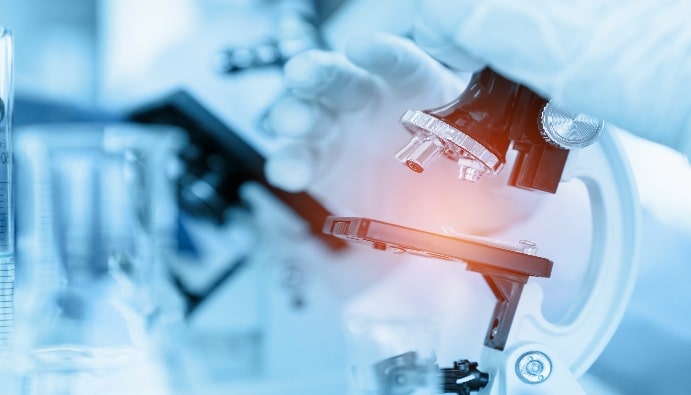
BLOG
KATEGORİDEKİ DİĞER YAZILAR

Genotoxicity tests consist of various tests that examine possible effects on DNA through different mechanisms. These tests are performed by in vitro (with cells in a laboratory environment) and in vivo (on living organisms) methods.
1. Ames Test (Bacterial Mutagenicity Test)
2. Micronucleus Test
3. Comet Test (Alkaline Single Cell Gel Electrophoresis)
4. Sister Chromatid Exchange (SCE) Test
5. In Vivo Genotoxicity Tests
Genotoxicity tests are performed on a wide range of products that may affect human health:
Pharmaceutical Products: It is performed to understand whether the active ingredients of medicines can cause DNA damage. Genotoxicity testing is a mandatory step in the drug development process.
Cosmetic Products: Evaluates the safety of chemicals used in cosmetics such as make-up, skin care products, hair dyes, etc.
Food and Feed Additives: Analyzes the effects of food additives, flavorings and preservatives on genetic material.
Chemicals and Pesticides: Evaluate whether substances such as pesticides, industrial chemicals and cleaning products are genotoxic.
Medical Devices: Examines the biocompatibility and genotoxic effects of devices that come into direct contact with human tissue or are implanted into the body.
Environmental Chemicals: The risk of genetic damage from chemicals that can cause air, water and soil pollution is assessed.
Genotoxicity tests are performed in accordance with various international standards and guidelines:
Nanolab Laboratories Group continues to provide services within the scope of Medical Device Analysis.
Contact us for more information.
You can follow us on LinkedIn for up-to-date news and posts about our services.
Follow our Instagram account to be informed about our latest blog posts.